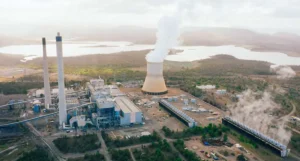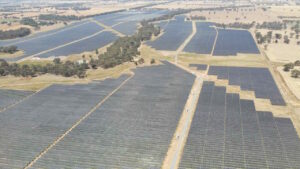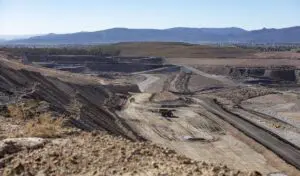Negative prices are not just afflicting the US oil market. They’ve been a feature of Australian – and other – electricity markets from time to time, since the nights of excess and inflexible coal generation (that caused hot water heating to be switched to midnight) right through to surplus wind and solar output and the emergence of deep solar “duck curves.”
But as far as we are aware, negative prices have not been recorded in all five state markets within Australia’s main grid – NSW, Queensland, Victoria, Tasmania and South Australia – at the same time, and for as many sessions, as occurred over the past weekend.
This screen-shot from the Red Dolphin pocket app highlights the fall in prices into negative territory just after noon on Saturday. it turns out that prices were negative in all four state for four consecutive 30-minute settlement intervals, and hit negative prices in individual states at numerous other times over the weekend.
At about this time renewables were contributing around 45 per cent of the total demand in the main grid – with the benchmarks being set by South Australia (more than 100 per cent wind and solar, and exporting surplus to Victoria), and Queensland (more than 42 per cent solar from rooftop and utility scale).
Tasmania, normally operating at 100 per cent renewables thanks to its hydro resources and growing number of wind farms, was happily importing during the negative pricing period.
According to Dylan McConnell, from the Climate and Energy College, and one of the authors of the OpenNem data base, Australia’s main grid experienced negative prices in all five state markets back in September 24, but only for one interval.
The screenshot above, taken at 12.09pm, was actually the fourth trading intervals with prices below zero on Saturday (the intervals from 10:30-11:00, 11:00-11:30, 11:30-12:00 and 12:00-12:30).











